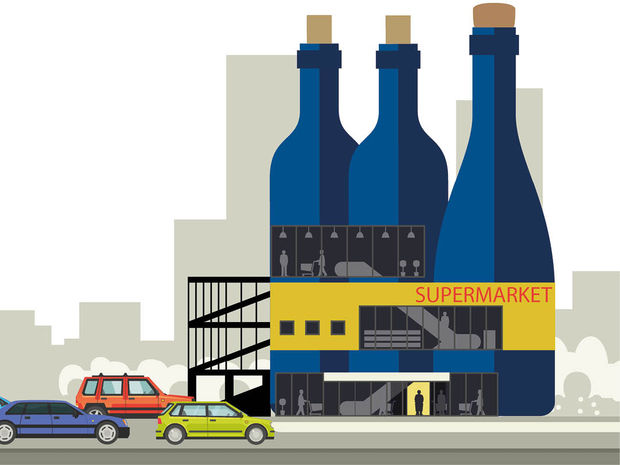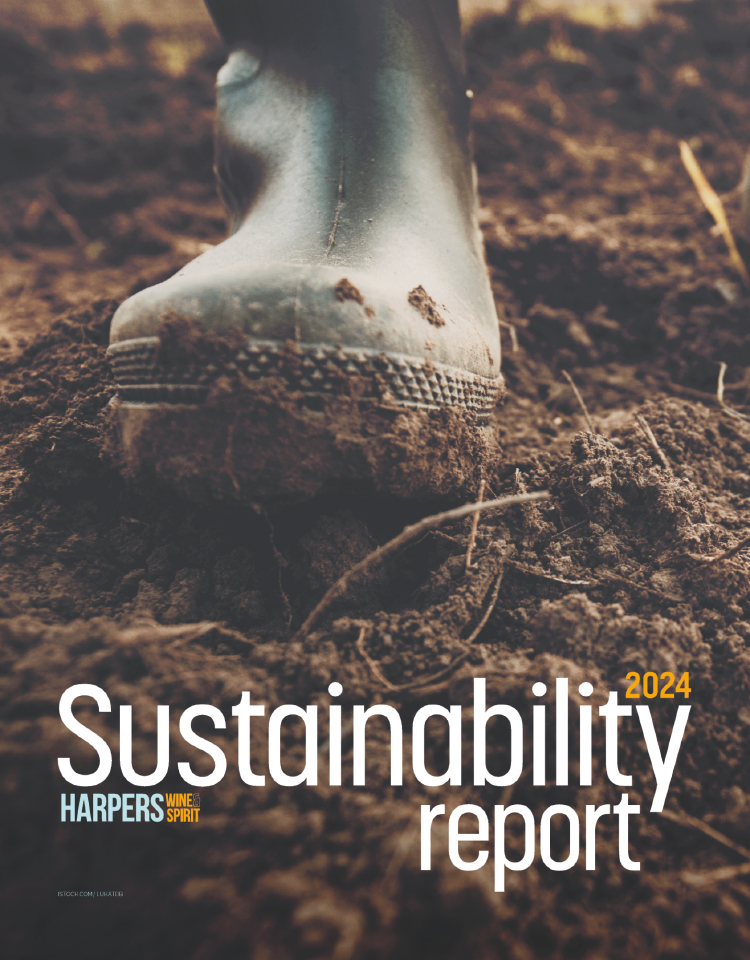
Lidl and Aldi hit record high as top four lose market share
Grocery share figures show that the big four have lost market share on last year, while Lidl and Aldi hit a record high of 10.5% in combined market share.
Grocery share figures show that the big four have lost market share compared to last year, while Lidl and Aldi hit a record high of 10.5% in combined market share.
According figures released by Kantar Worldpanel this morning, the market is slipping into decline for the first time since January.
For the 12 weeks ending 19 June 2016, supermarket sales fell by 0.2% and like-for-like grocery prices declined by 1.4% on last year.
The decline is a continuation of the slow supermarket sector growth dating back to summer 2014, primarily a result of cheaper everyday groceries brought about by a retailer price war.
The combined share of discount retailers Lidl and Aldi has hit a record high of 10.5%, with each holding 4.4% and 6.1% of the market respectively.
Almost three fifths of Britons - 58% - visited one of the two retailers in the past 12 weeks, with Lidl increasing sales by 13.8% and Aldi by 11.5% on a year ago.
The performance of the larger retailers was a continuation of recent trends.
Overall sales at Tesco dropped by 1.3%, while at Morrisons sales fell by 2.4%, both reflecting the ongoing impact of store disposals.
At Sainsbury's sales fell by 1.4%, while at Asda they were down by 5.9%, with each of the big four losing market share on last year.
It's been a good period for the smaller retailers however.
Co-op's growth of 2% has cemented its recent revival, heralding a full year of increasing sales.
Meanwhile at Waitrose, small but rapidly increasing sales of its premium Waitrose 1 brand have helped the retailer grow by 1.3%.
Waitrose has now had an unbroken period of growth dating back to 2009 - the best run of any retailer outside of the discounters.
While these latest figures predate the EU referendum result, the immediate economic uncertainty is unlikely to cause a substantial fall in grocery volumes, as demonstrated by the 2008 financial crisis when basic food, drinks and household sales proved resilient.
With an estimated 40% of the food we consume sourced from overseas, any long-term change in exchange rates may threaten the current period of cheaper groceries. Historically, higher prices have led to consumers looking for less expensive alternatives such as own-label products, seeking out brands on promotion or visiting cheaper retailers.
Keywords:
- News
- Asda
- Retailers
- Sectors
- Waitrose
- Morrisons
- Sainsbury's
- Tesco
- The Co-op
- Aldi
- Lidl
- Jo Gilbert
- HWS - Jo Gilbert





